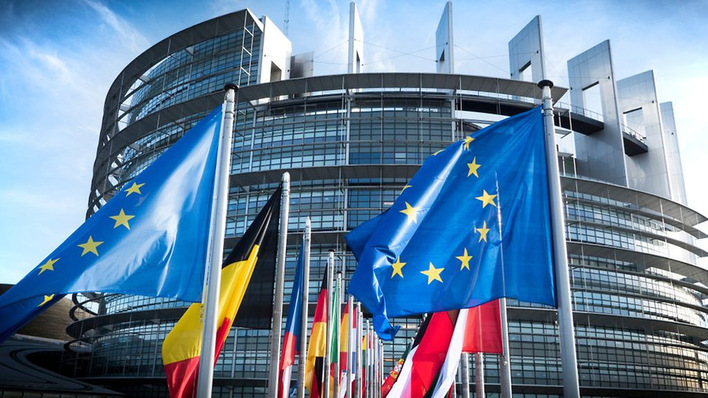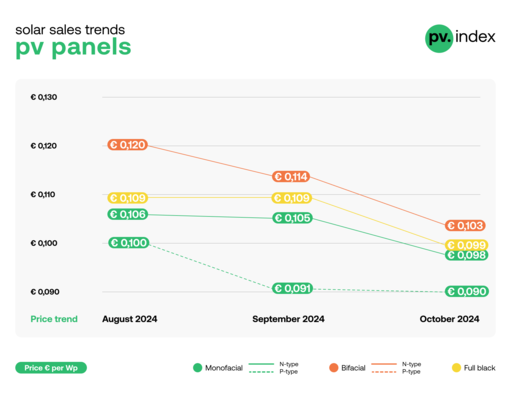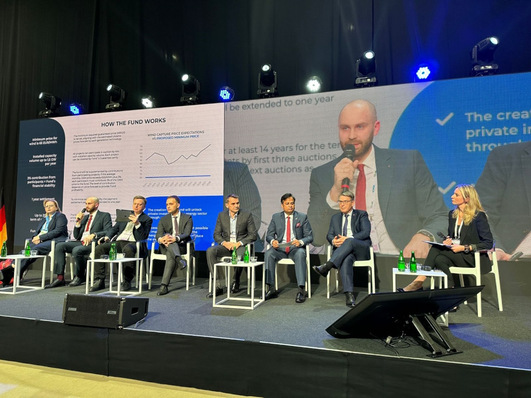In addition, Scheper sees that Jinko Solar, Trina Solar and LONGi are strongly competing with price reductions. Last month, it turned out that the container price had fallen to the level of January 2021, a decrease of 63 percent in a year's time. At the time, Scheper stated that it was possible to capture a batch of containers for about 3,000 to 3,500 dollars each.
This downward trend has continued even further. Although the container price is in principle around 3,800 dollars, according to Scheper, there is still a lot of room for improvement due to the declining demand. "Suppose you set a batch of a hundred containers for the first quarter of 2023, then you can set the price at about 1,500 dollars each."
In addition, quite a few solar energy projects are also being postponed to next year, he notes. Due to high material prices, Chinese project developers are inclined to postpone their November and December orders to the beginning of next year.
Temporary production surplus
The higher energy prices do not outweigh the higher production costs. In addition, the Chinese subsidy is so low that there is not enough profit margin left. As a result, Chinese manufacturers cannot sell their modules domestically and they count on foreign interest to fill the order shortage.
"As a result, 15 to 20 gigawatts of production orders are simply passed on, which slots then become available for European orders. They will not just say that, because then their negotiating position is gone. It's a small opening, because from January you can join in on the Chinese order line again."
This situation is particularly interesting for wholesalers and project developers because it is a requirement that large purchases are made. "But then it can save one and a half to two eurocents per watt peak, which can be worth the while."
Ideally, Chinese suppliers would like to disclose as little as possible about this, because they are currently in between a rock and a hard place. "They see a huge demand explosion coming in the new year due to the increased Chinese and European ambitions in the field of renewable energy, but are now left with a temporary production surplus," says Scheper.
"They therefore also use two price lists: a list for those who ask what their products cost and a list for when you confront them with lower prices from the competitor."
Tier 1 manufacturers battling each other
Meanwhile, the big Tier 1 manufacturers, particularly Jinko Solar, Trina Solar and LONGi, are bouncing all over each other with price cuts, Scheper notes. "That started with the fact that for a long time it looked like LONGi would win a huge tender of about 9 gigawatts. They unexpectedly missed that at the last minute."
All materials were already on standby, he says, and this is such a large batch that it cannot simply be stored. "Then you might need up to a million square meters of storage. LONGi then entered the market with that party, so that the competition could not lag behind. At the same time, these dump prices are putting great pressure on polysilicon producers, who will eventually also give in."
This whole episode puts even more pressure on the order gap in November and December. "They are not able to bridge these two months without damage. I don't know how this is going to end, but you do notice that the big parties no longer trust each other because of this. Despite the fact that they expect a demand explosion in the new year, it is therefore not at all said that this will automatically lead to substantial price increases."
Meanwhile, Tongwei Solar has also joined the tier 1 manufacturers group. "They have really undergone a spectacular development, which is really impressive," says Scheper.
Different order of magnitude between Europe and China
It illustrates the different order of magnitude between Europe and China. For example, China has announced that 62.6 gigawatts of new solar projects have been installed from January to September. In September, a record amount of 8.13 gigawatts was installed, more than half of what has been built in the Netherlands so far.
Last year, the European Commission announced The European Solar Initiative, targeting 20 gigawatts of European PV production per year from 2025. To illustrate: JASolar recently announced that it had already exported 27.1 gigawatts from January to September this year.
With more and more voices in Europe calling for the economy to be loosened up from China as much as possible, these kinds of figures illustrate how dependent Europe is on China at the moment. An economic break with the country would make the energy transition ambitions immediately unreachable. (hcn/Gerard Scheper).
Read the latest free market outlook report of European Solar here
Did you miss that? Solar and wind top 10% of global power generation for first time







